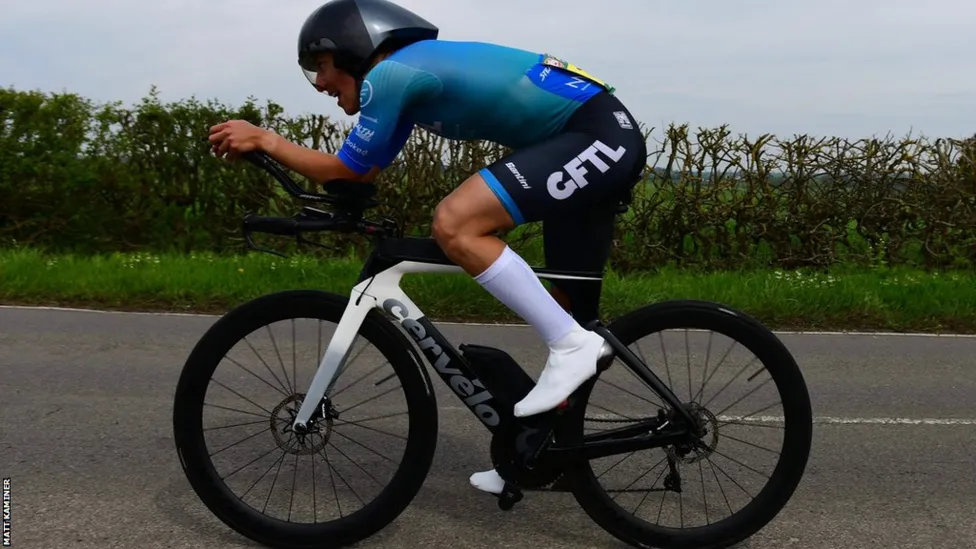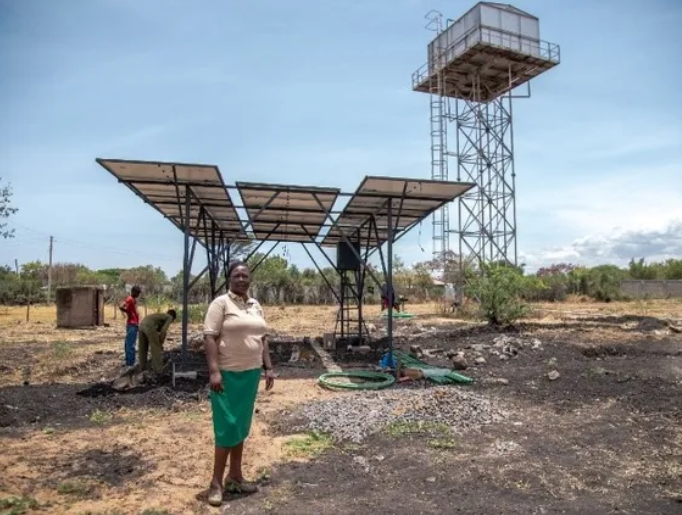For years, the chemotherapy drug doxorubicin has been the mainstay of treatment for people with many types of advanced sarcoma i.e. cancers that begin in the bone or the soft tissues of the body.
Previously, it had been established that combinations of doxorubicin with other chemotherapy drugs helped some people live longer.
“But, compared with doxorubicin alone, the side effects of such combinations were severe, leading many doctors to consider them to be too risky to use in everyday patient care,” the National Cancer Institute (NCI) of the U.S says.
But based on the results of a clinical trial conducted in France, this may soon change.
The trial, NCI reports, showed that adding trabectedin (Yondelis) to doxorubicin as an initial treatment for people with a type of sarcoma called leiomyosarcoma helped them live longer than people initially treated with doxorubicin alone. This increased the median survival time from 24 months to 33 months.
The combination also increased the median progression-free survival time to 12.2 months, compared to 6.2 months for doxorubicin alone.
The findings were published September 5, 2024 in the New England Journal of Medicine.
Understanding Leiomyosarcoma
So what is Leiomyosarcoma? The name itself might sound foreign to many people but to those affected, it does ring a bell.
It is a rare and aggressive type of cancer that develops in the smooth muscle cells found throughout the body. Smooth muscle cells can be found in the urinary tract system, digestive system, uterus and blood vessels.
There are three different types of Leiomyosarcoma (LMS): Cutaneous or Subcutaneous LMS, Somatic soft tissue LMS and LMS of Vascular region.
According to Cleveland Clinic, Somatic soft tissue LMS affects your body’s connective tissue. It’s the most common form of LMS. Cutaneous or subcutaneous LMS affects the piloerector muscles in the skin. The piloerector muscles are located in your skin and eyes. They’re responsible for giving you goosebumps and making your pupils dilate. LMS of a vascular origin on the other hand is the rarest type of leiomyosarcoma. It develops in a major blood vessel, such as the pulmonary artery, inferior vena cava or peripheral arteries.
Although Leiomyosarcoma affects both men and women, data shows that it occurs more often in women, and it’s more common in people over the age of 50.
The process in which this cancer develops is through a genetic mutation in the smooth muscle cells which can result to uncontrolled cell growth and multiplication.
There are several risk factors that can increase a person’s likelihood of developing Leiomyosarcoma including; genetic conditions, exposure to chemicals such as, vinyl, asbestos or pesticides.
According to the NCI, Early signs and symptoms of this cancer vary depending on the part of the body affected and the tumor size, and they may include; changes in bladder function, gastrointestinal complaints such as nausea, vomiting, belly discomfort and bloating, pain and swelling on the affected area, unintended weight loss and a lump on the affected area.
Despite there being signs, it’s quite crucial for Leiomyosarcoma to be detected early because the symptoms can tend to mimic those of other conditions.
It is diagnosed through a physical examination in order to assess the patient’s health and look for any signs of the disease, imaging tests like x-rays, CT scans or MRI’s and a biopsy is also done by taking a small sample of tissue of the affected area and analyzed.
After the diagnosis, treatment begins. The treatment options, NCI says, are;
Surgery: The best option for LMS treatment is surgery. If all of the tumor is removed, there is a good chance of LMS being cured. If some cancer cells are left behind, there is a greater chance of the cancer coming back in the same spot, or a different part of the body.
Radiation therapy: Radiation therapy can be used around the time of surgery. The radiation is aimed at the tumor area to prevent it from growing back after it is removed.
Chemotherapy: When the LMS tumors are large, or the cancer cells have spread to other parts of the body, then chemotherapy is used in combination with surgery.
The likely outcome of this disease and the survival rates vary depending on the stage of the cancer, the location of the tumor and the overall health of the patient. In the case of the stage of the disease, there is a 5-year relative survival rate whereby; 60% is for localized disease that is one that is still confined within its original site, 37% for regional disease that shows up in tissue or lymph nodes near the original site and 12% for distant disease that which has been found in tissue away from the original location. Distant disease is most common in places like the lungs, liver, brains and bones.












